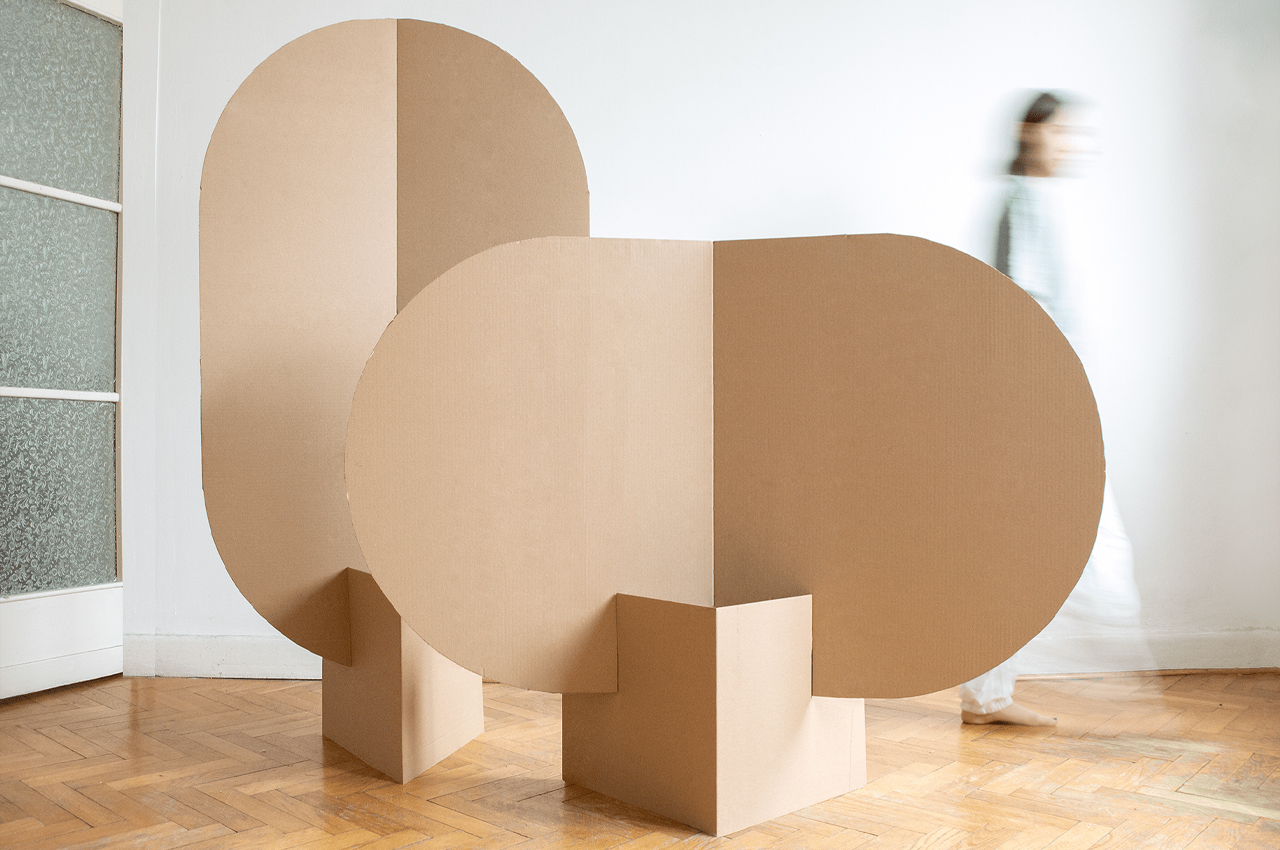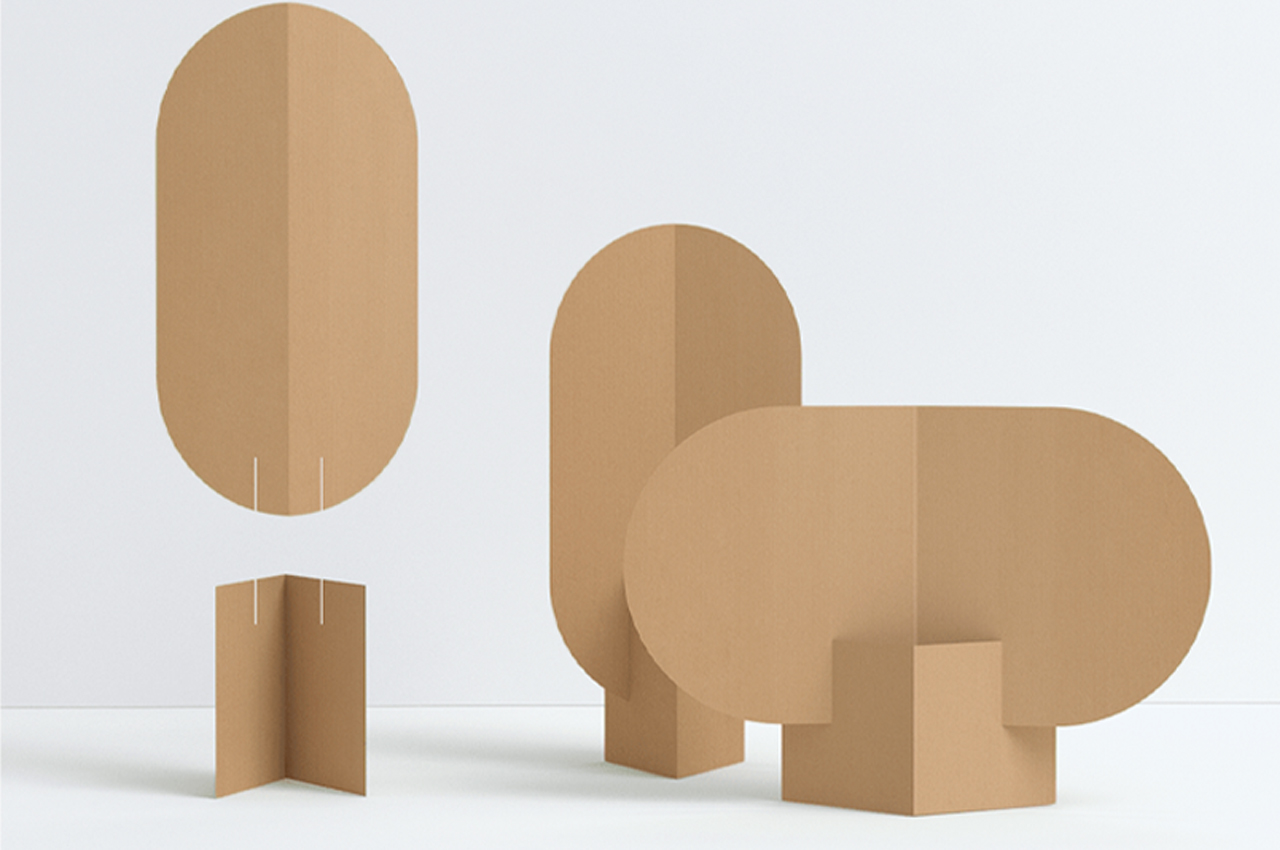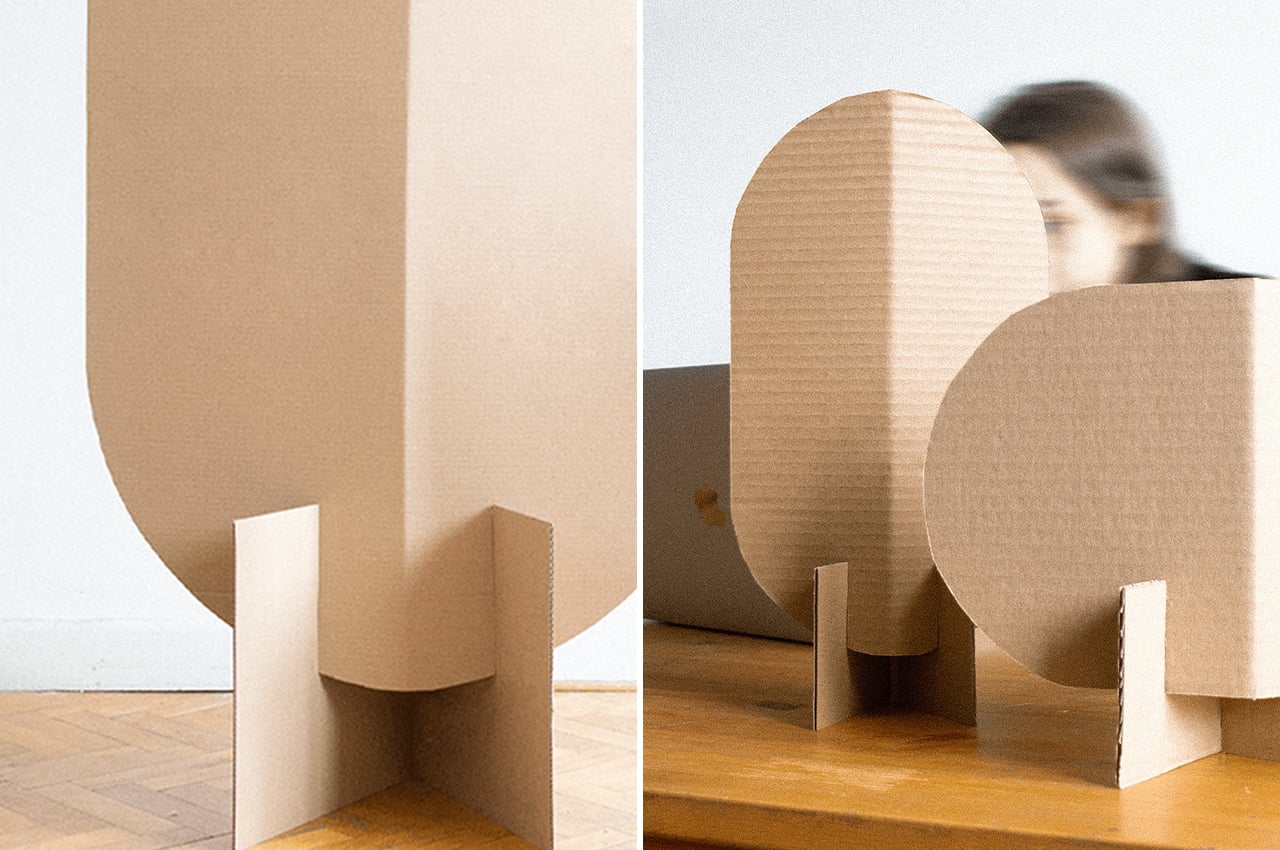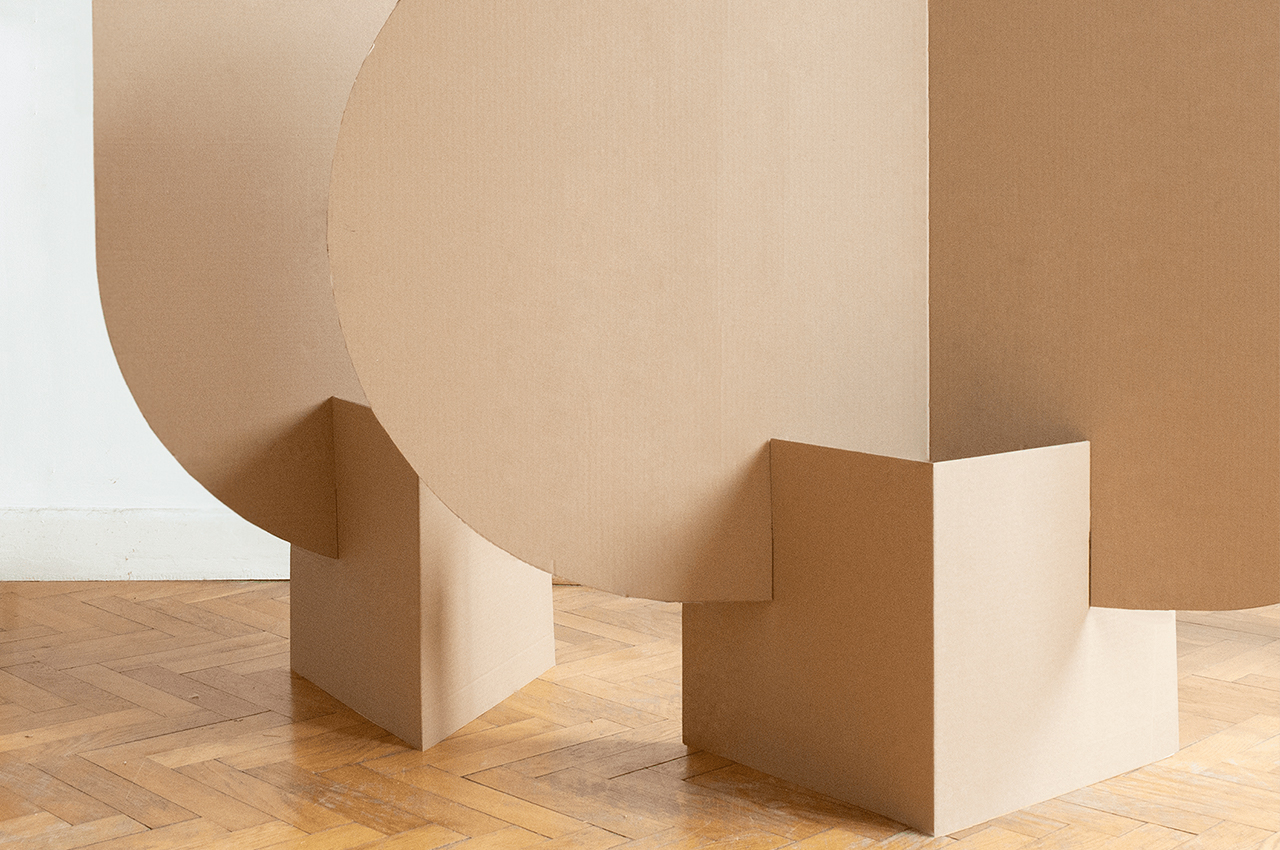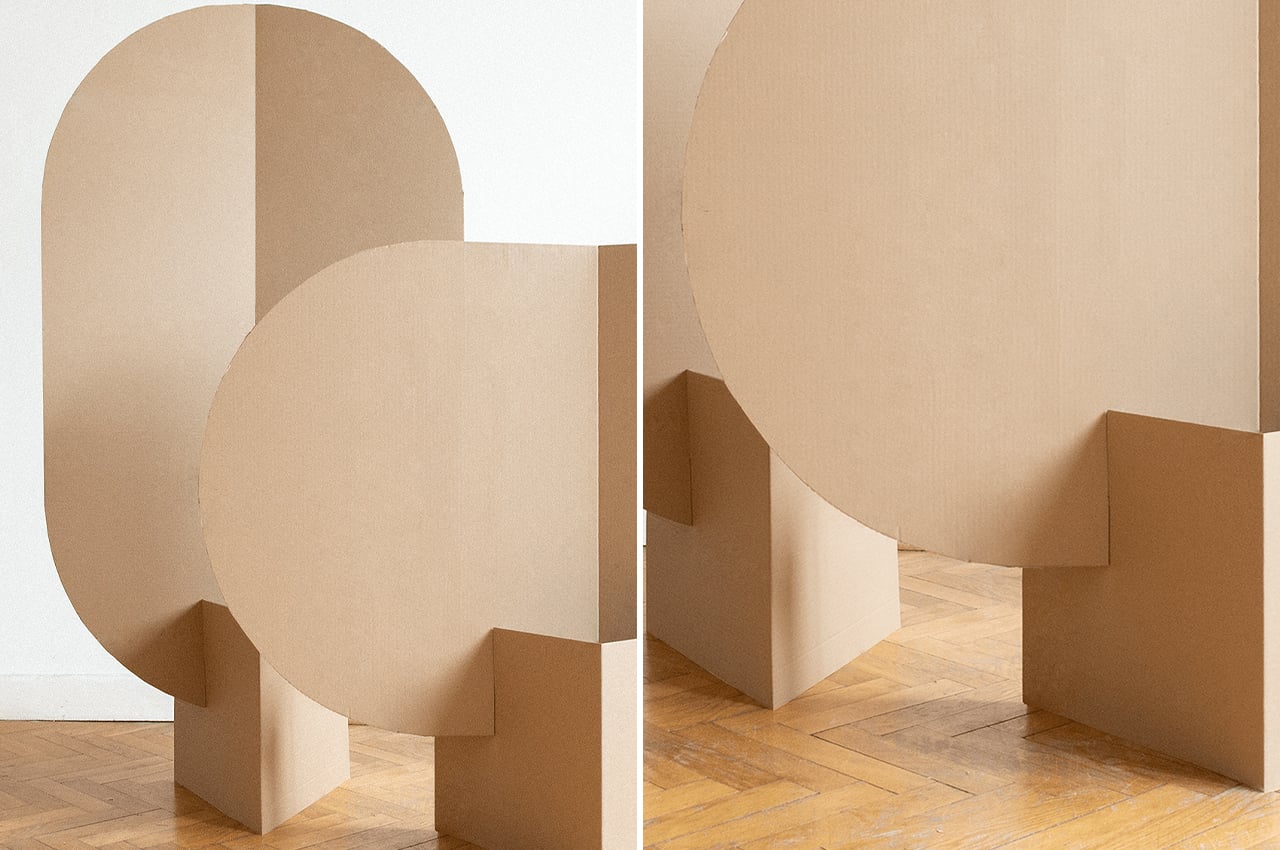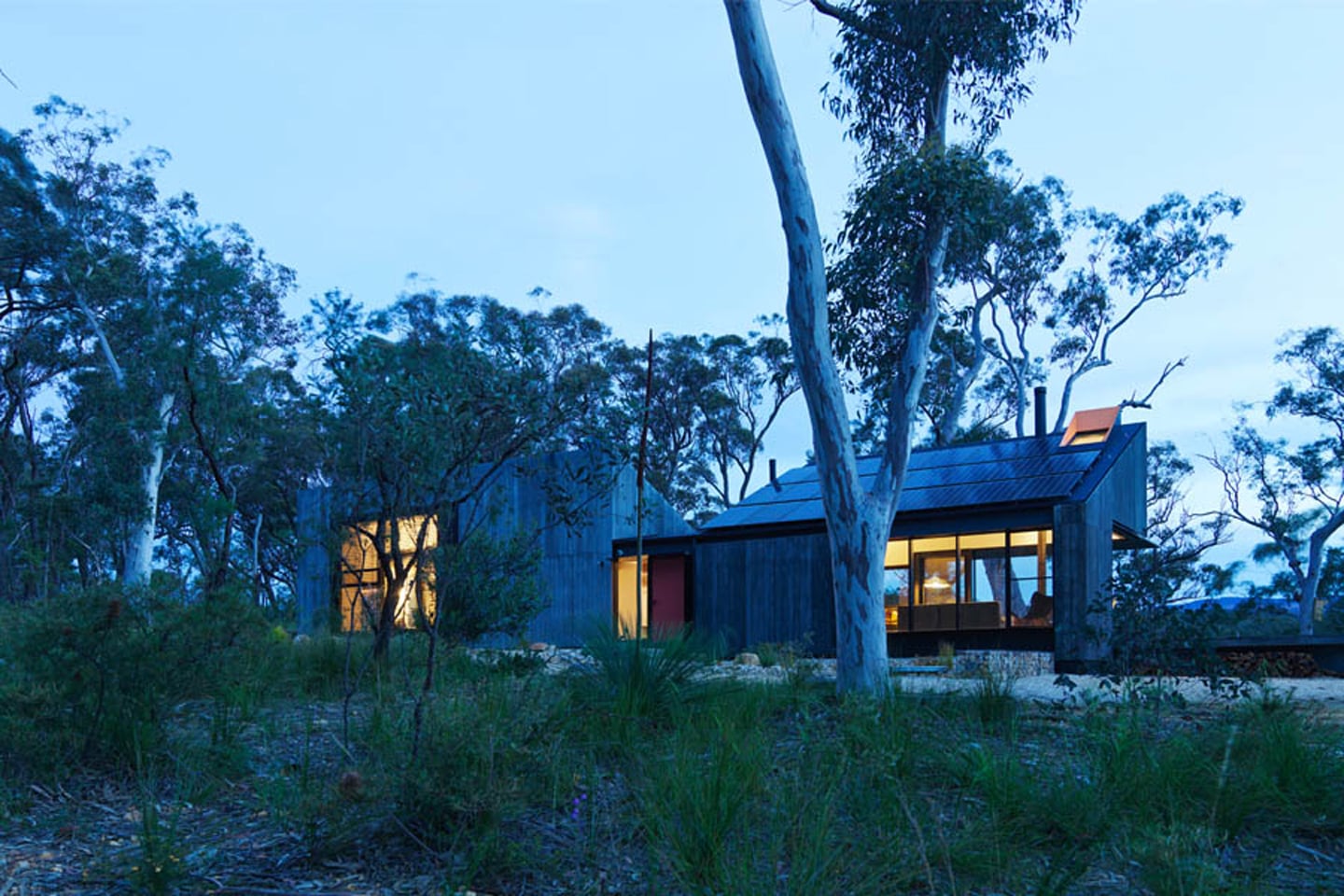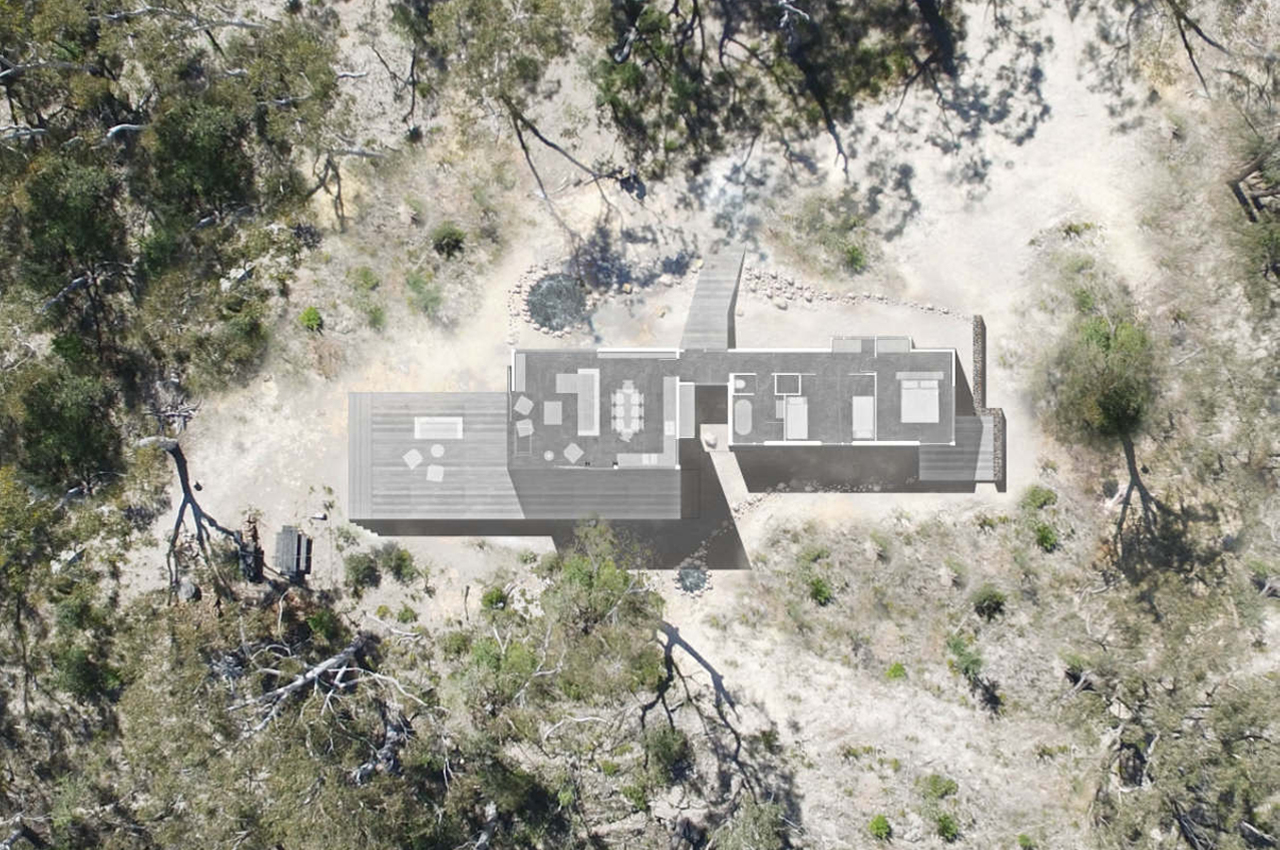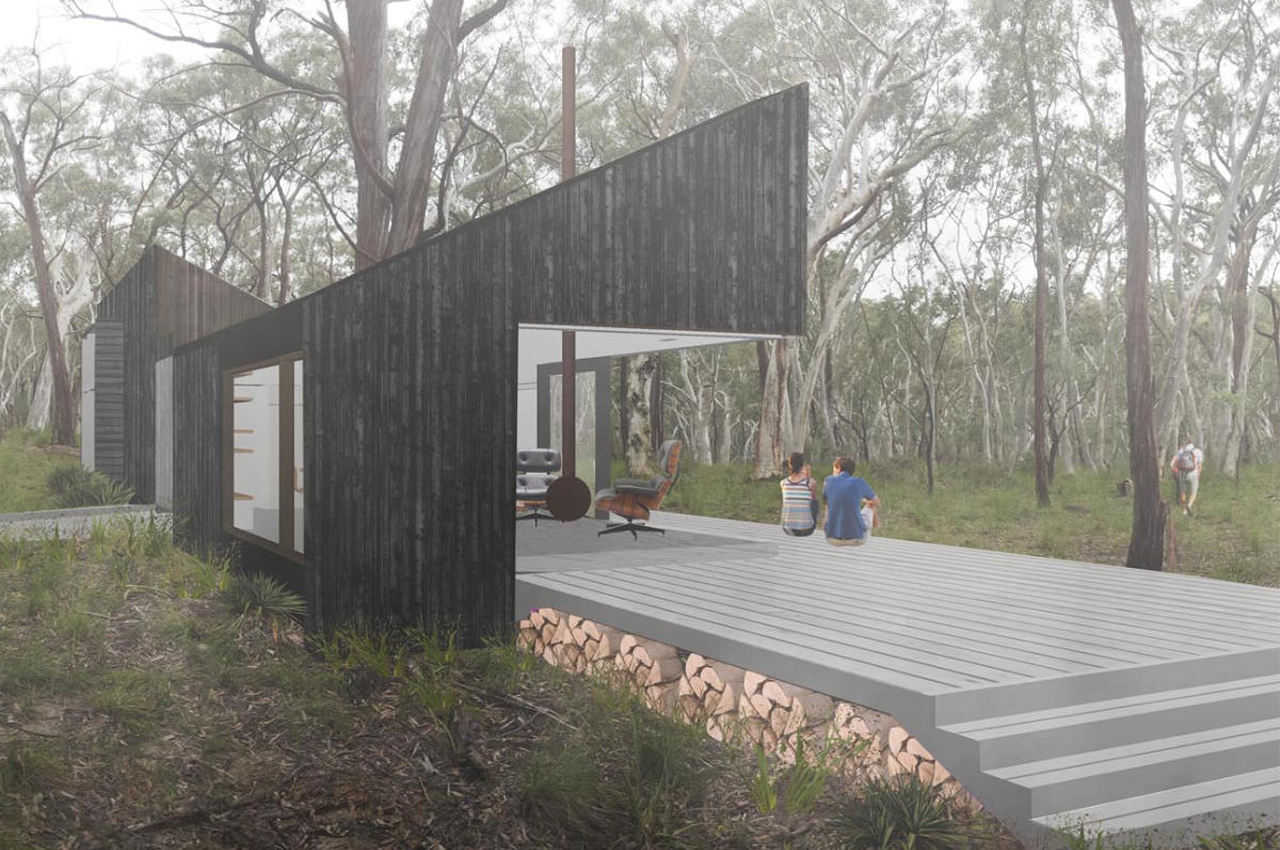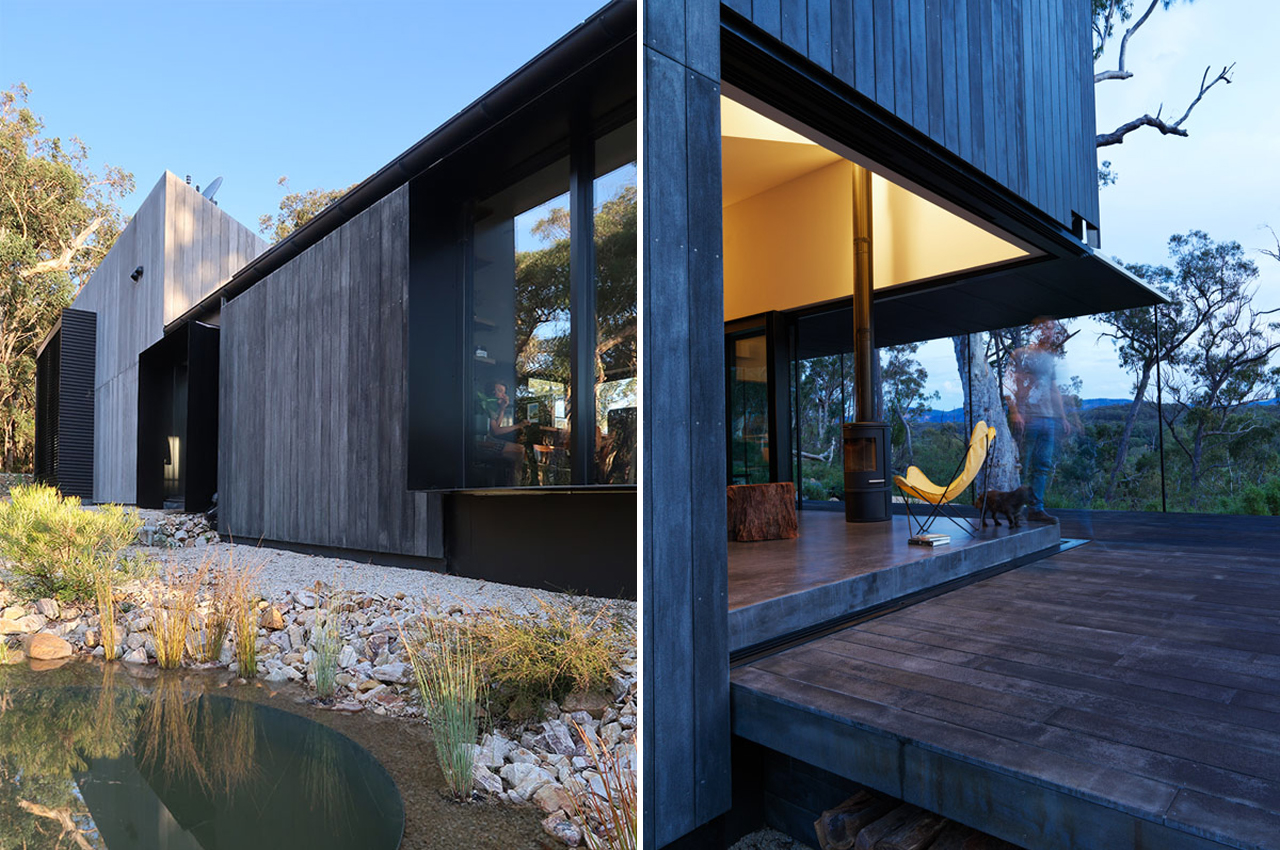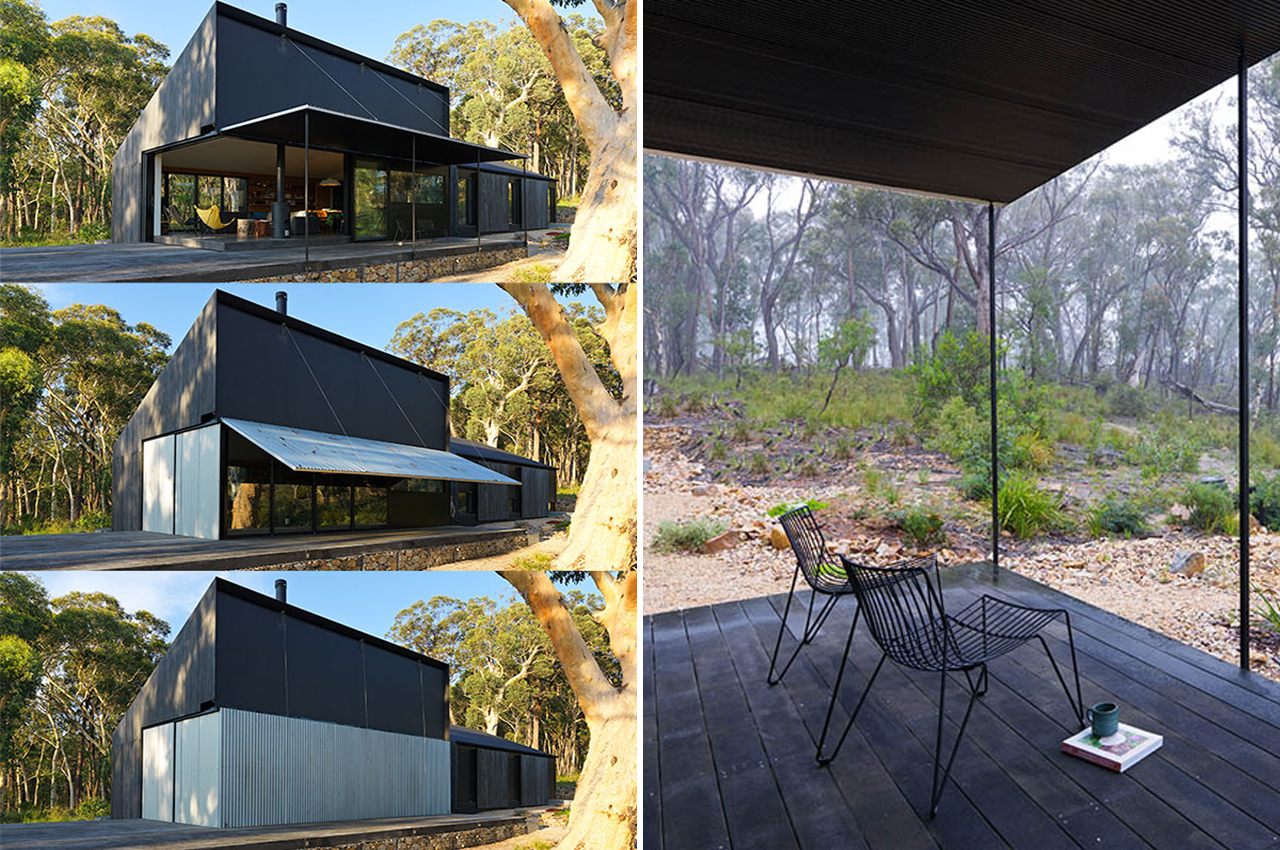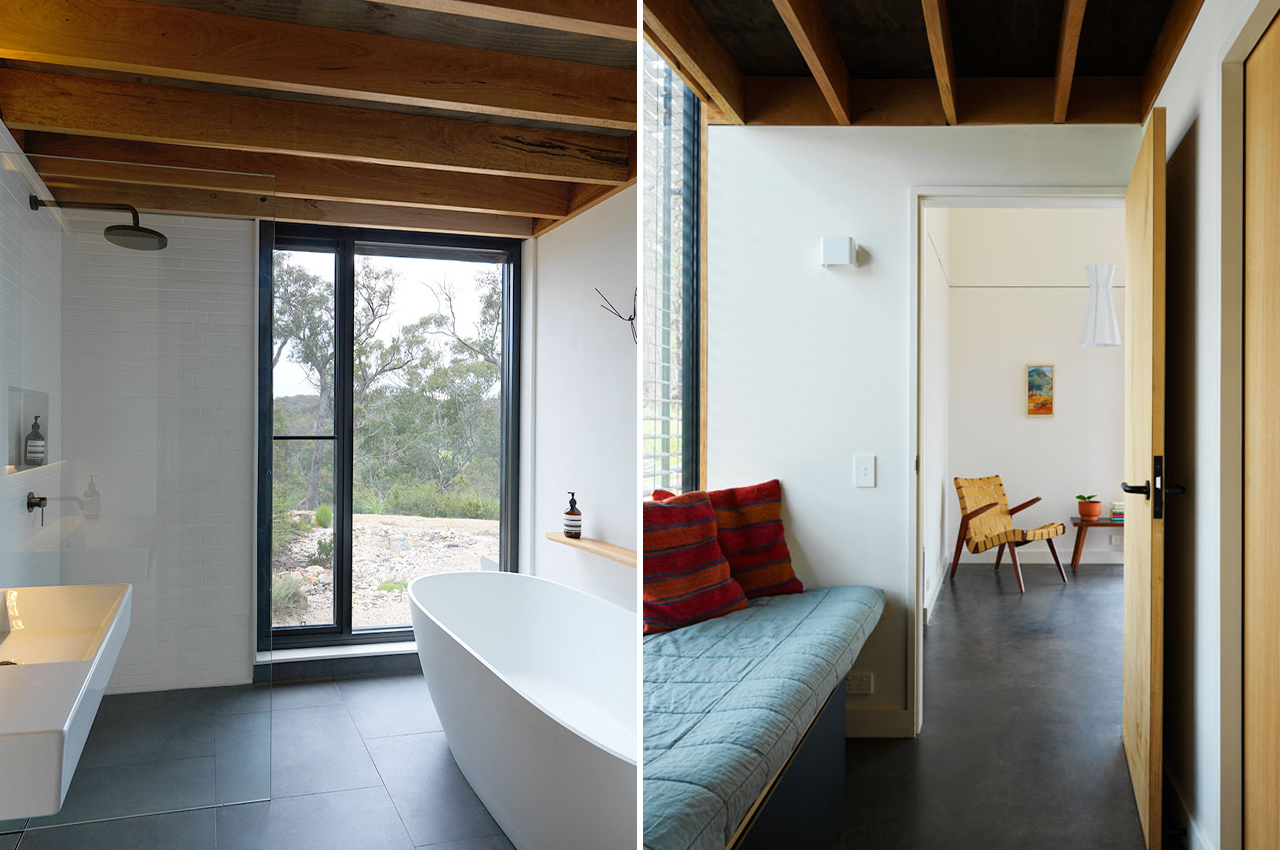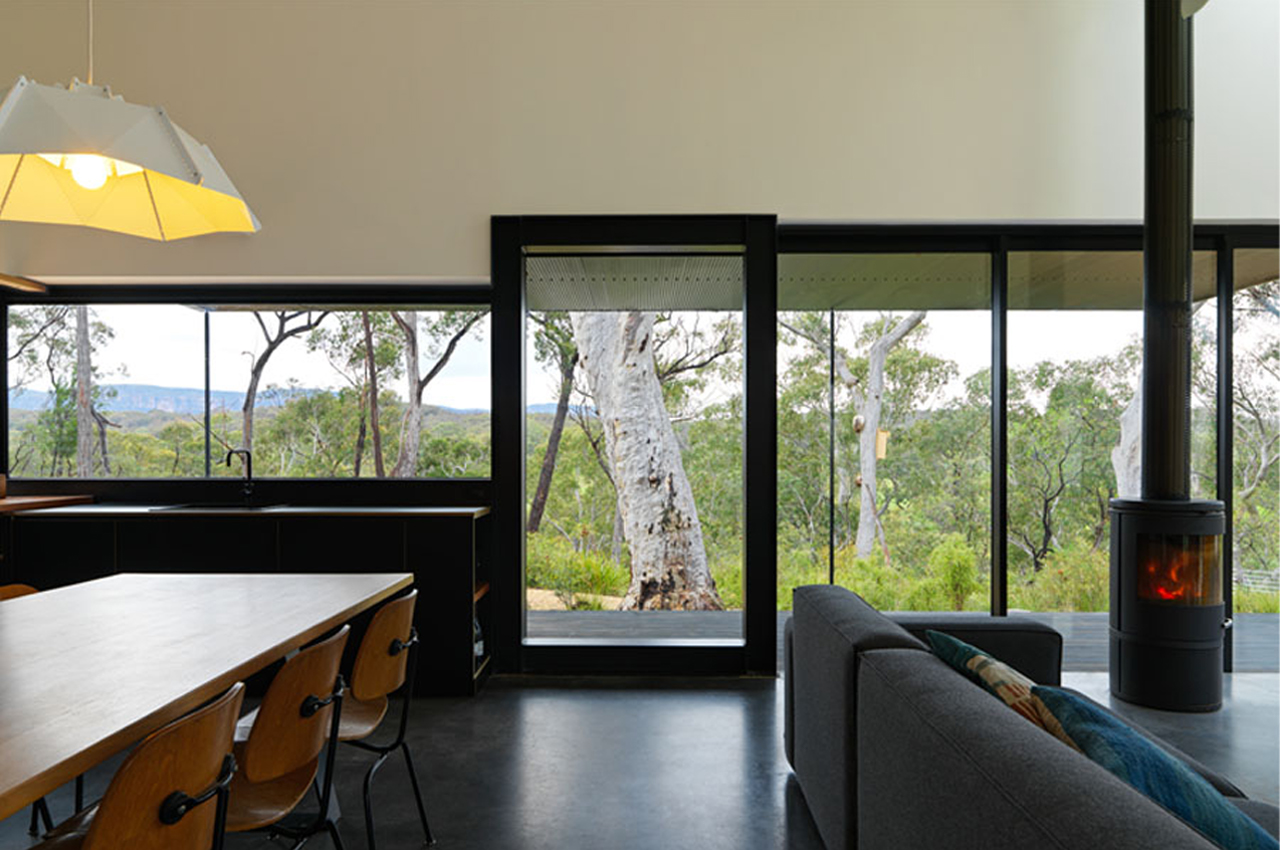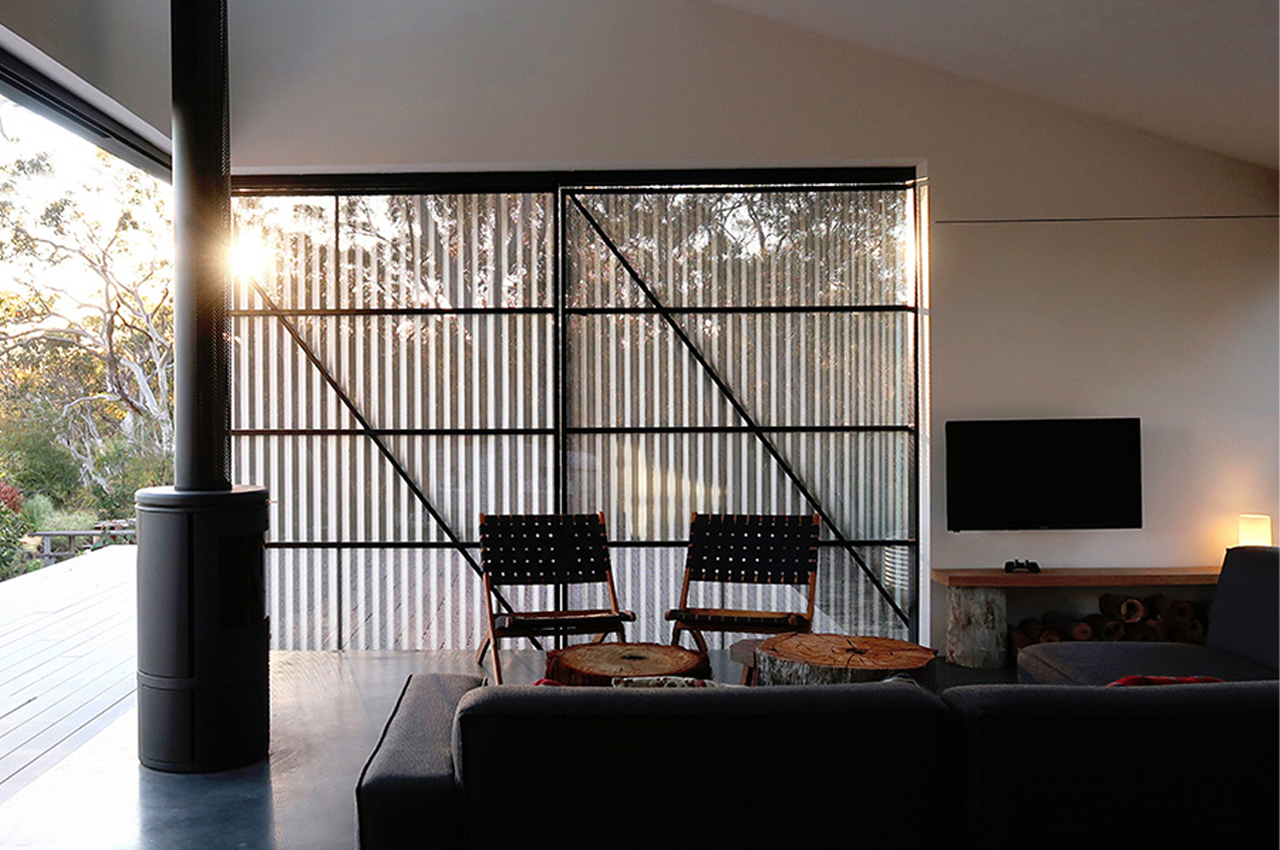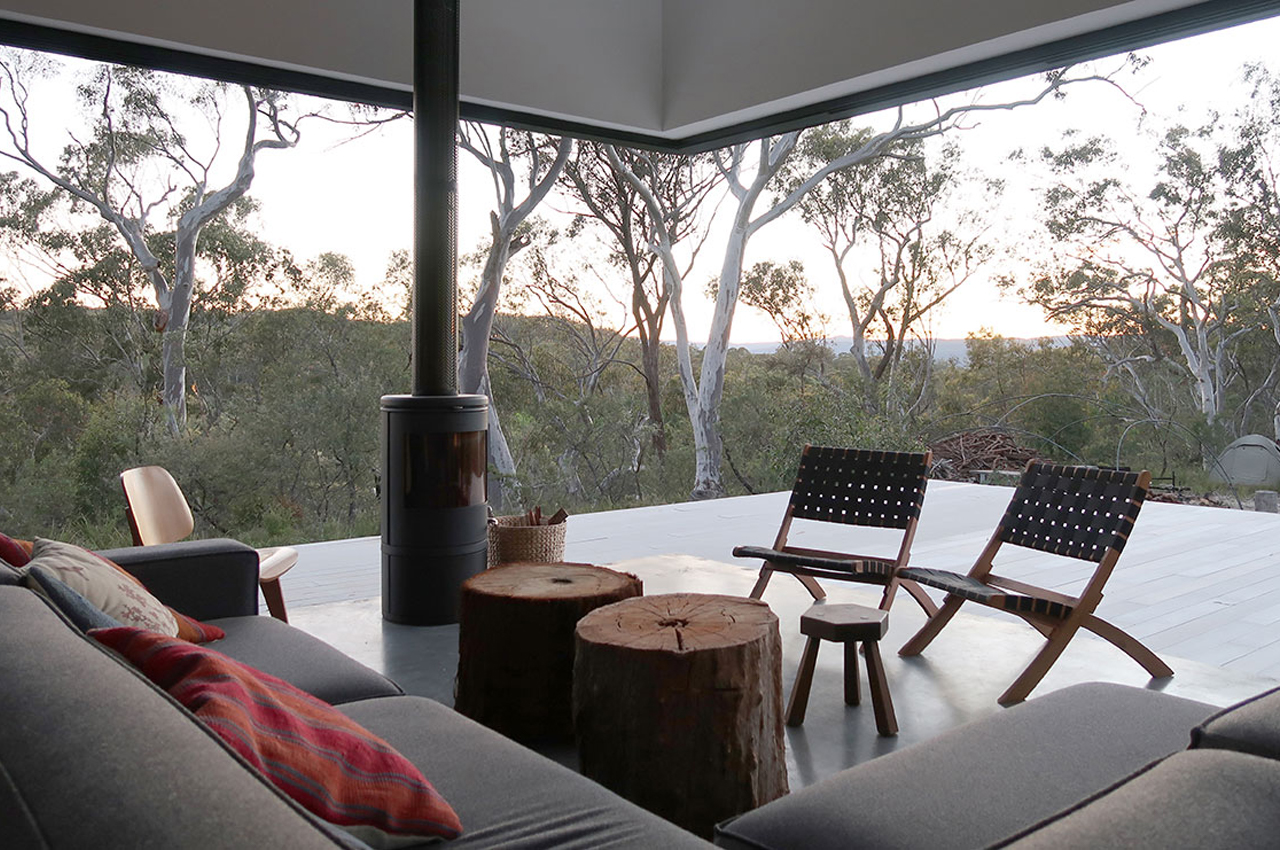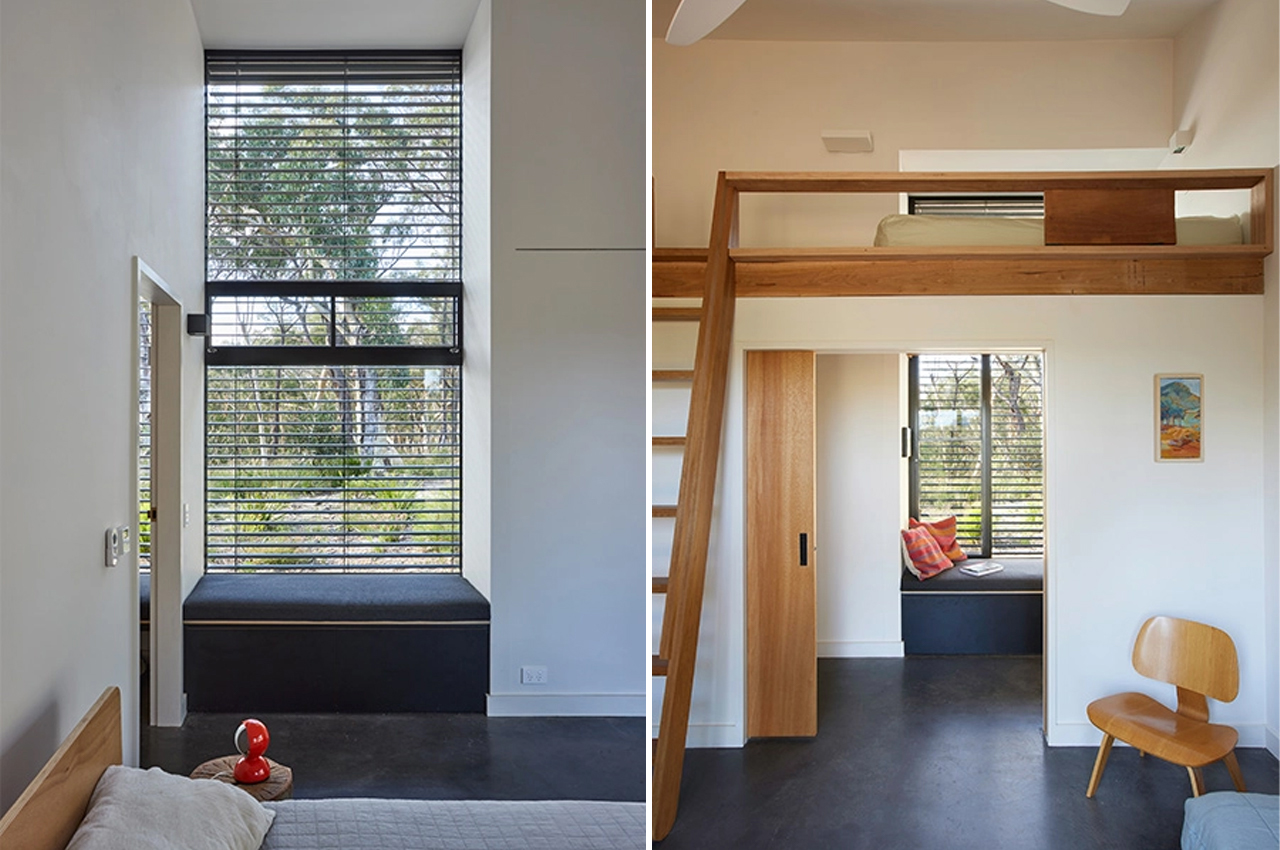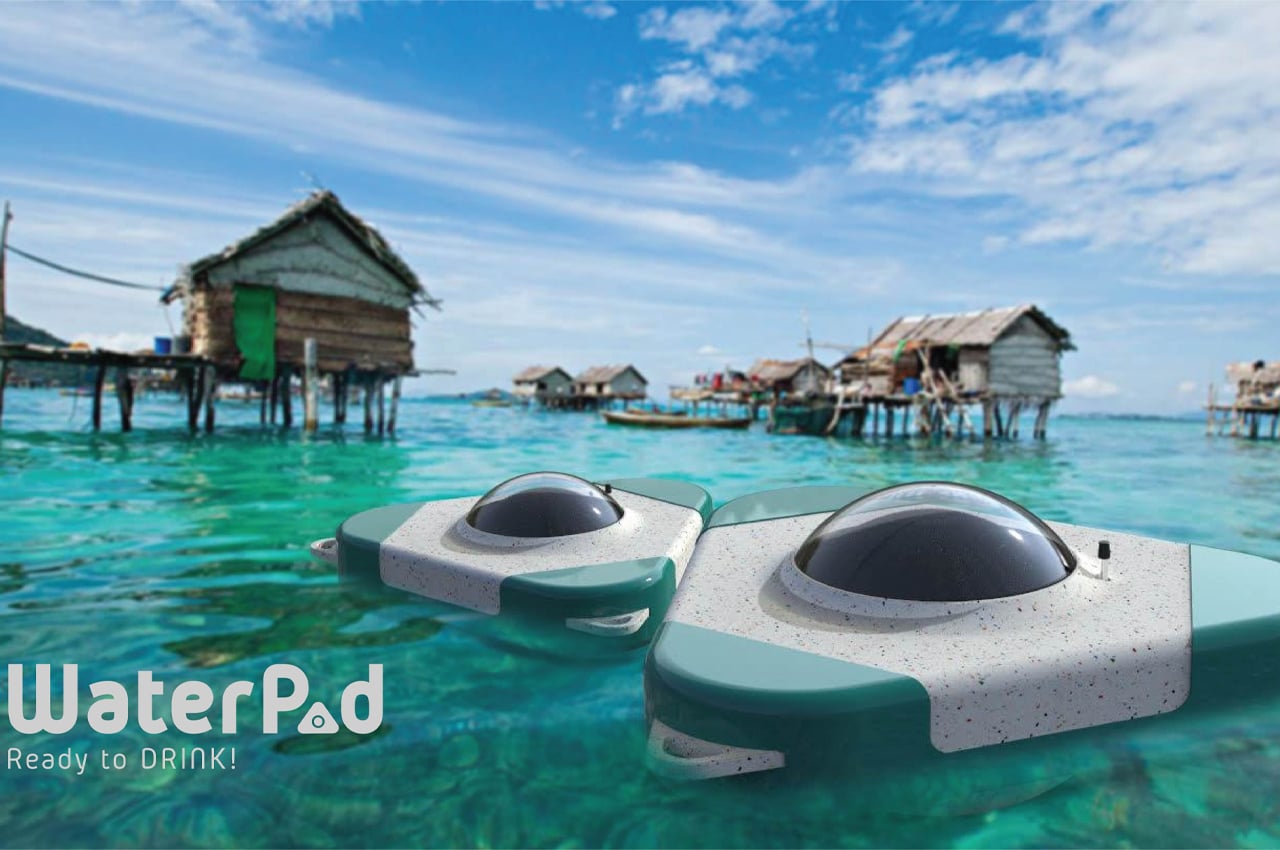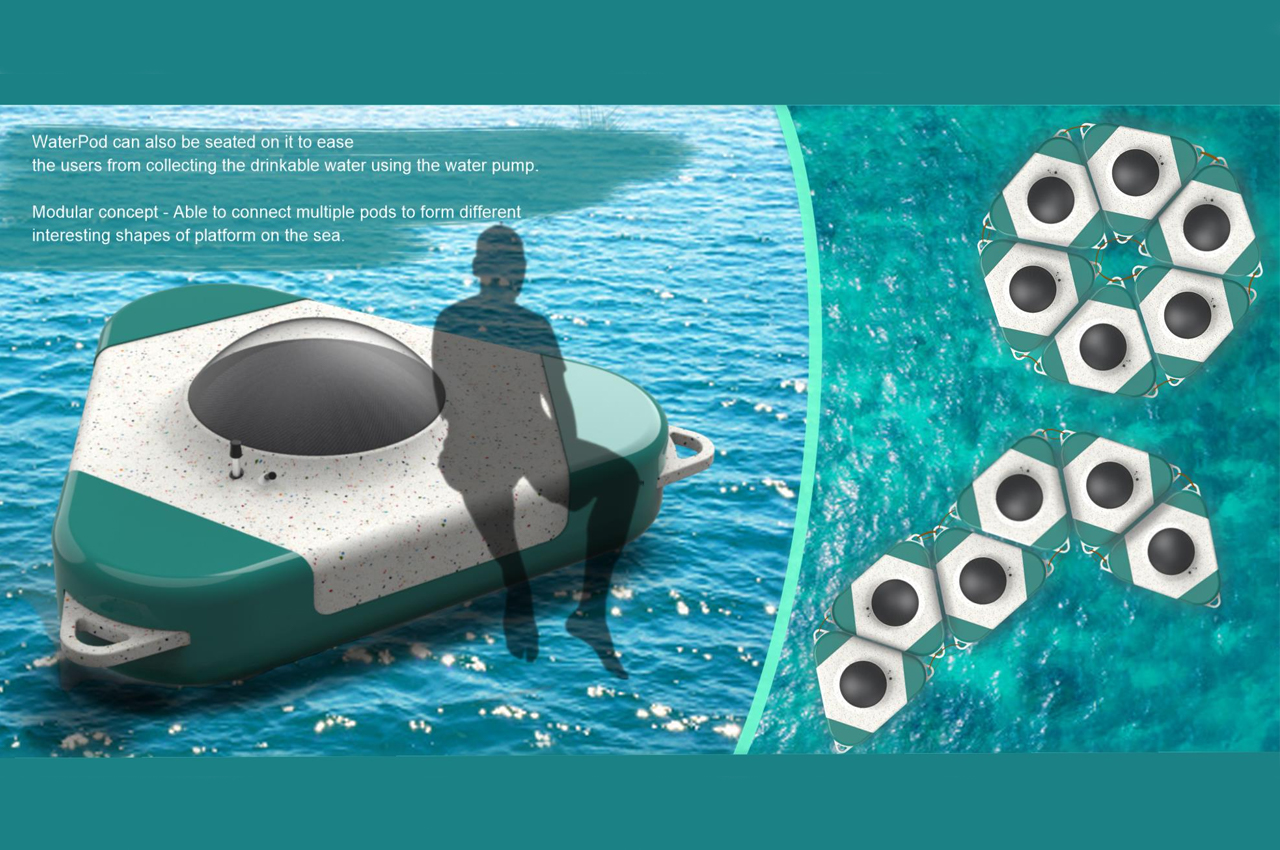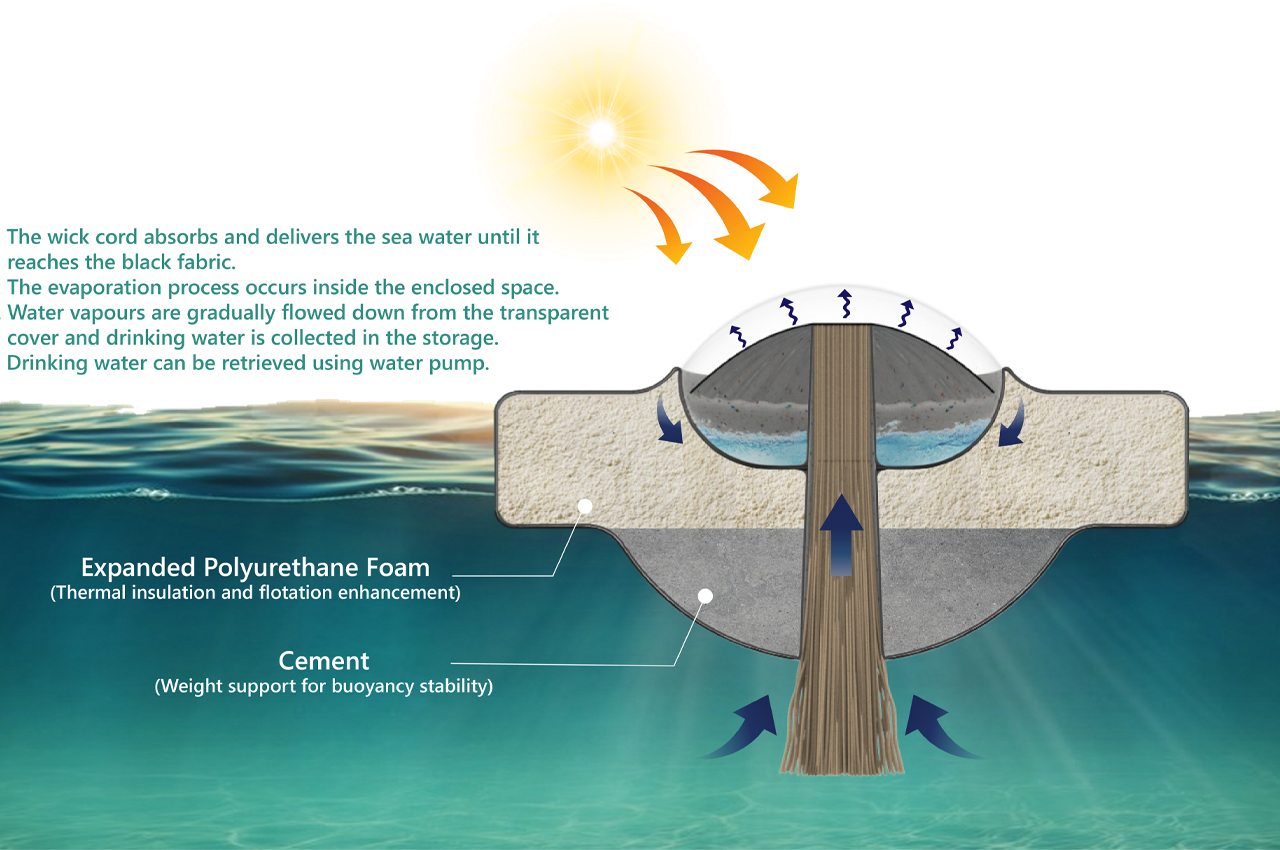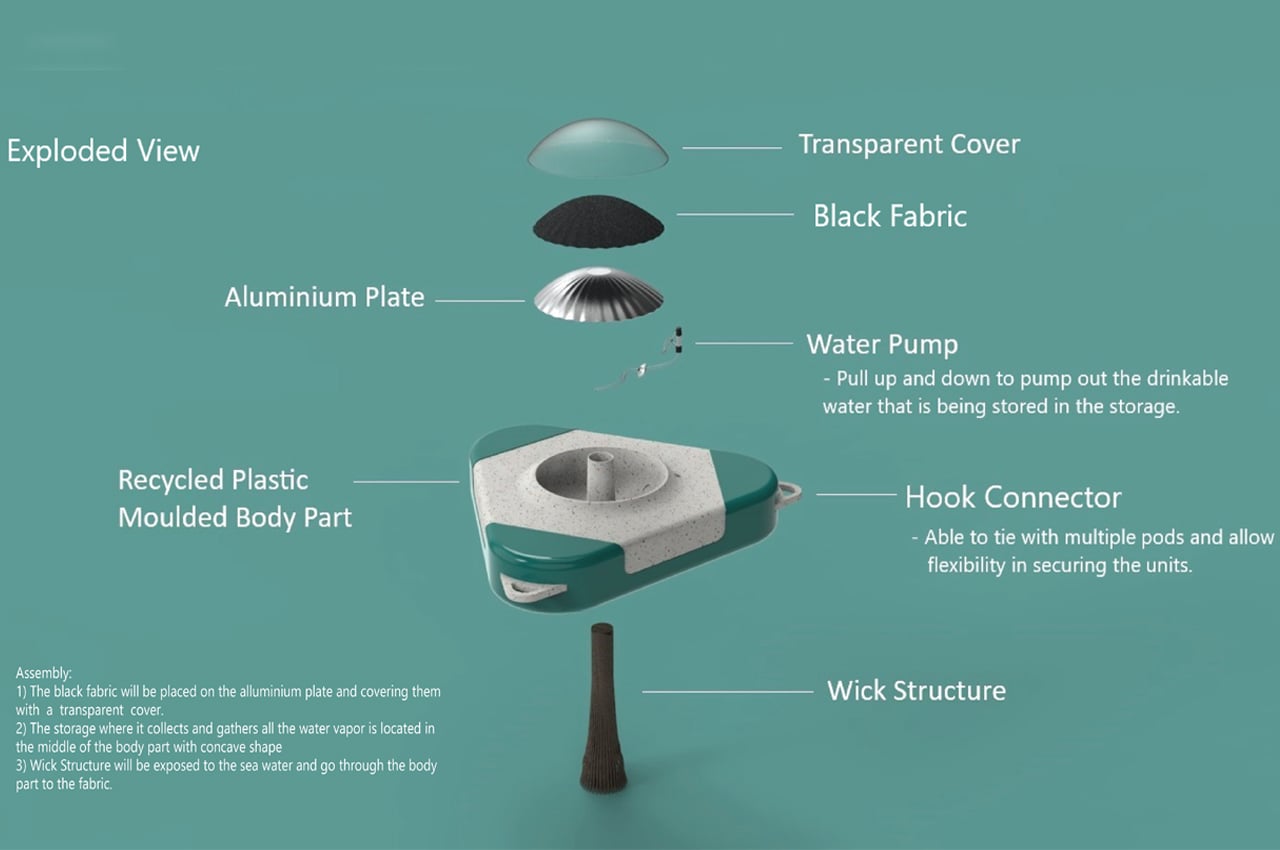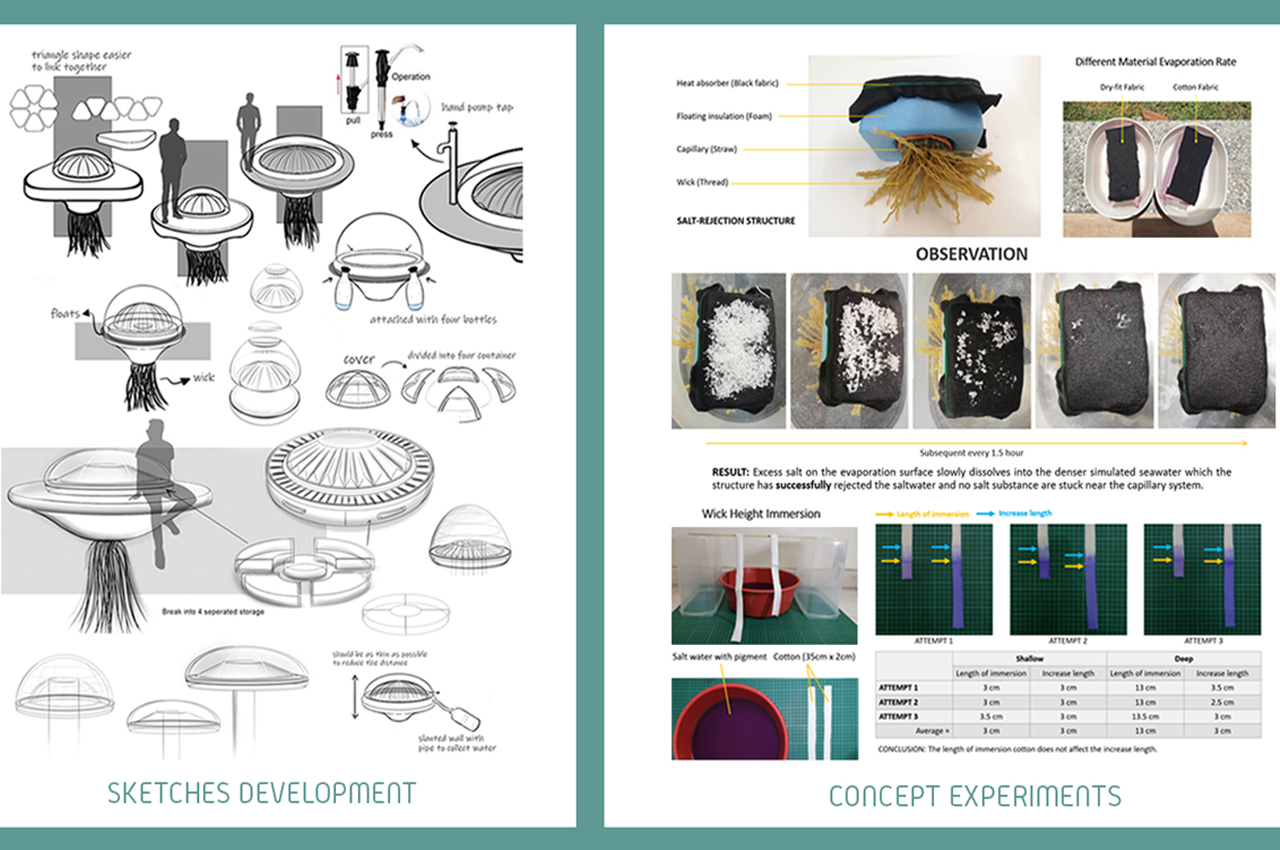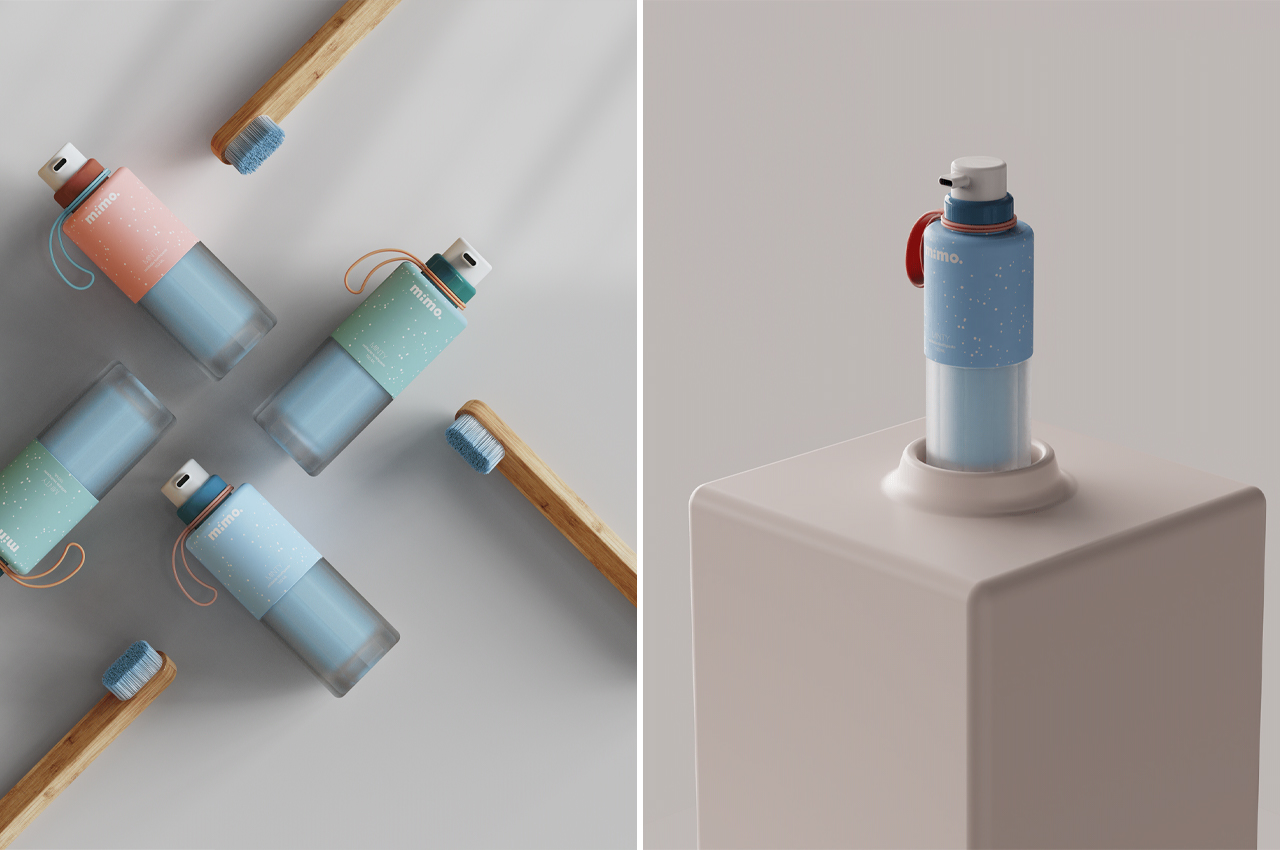
Mimo is a revolutionary refillable toothpaste tube that pumps toothpaste into each tube from the bottom with the help of an external refilling basin.
We don’t realize how much waste toothpaste tubes actually create. We brush our teeth twice a day, fingers-crossed, and go through multiple tubes of toothpaste in a matter of a couple of weeks. Young product designers Pelin Özbalcı and Sergen Çağlayan say that over one-billion tubes of toothpaste end up in landfills each year in the United States. Creating a solution for the waste created by disused toothpaste tubes, Özbalcı and Çağlayan developed Mimo, a refillable toothpaste tube.
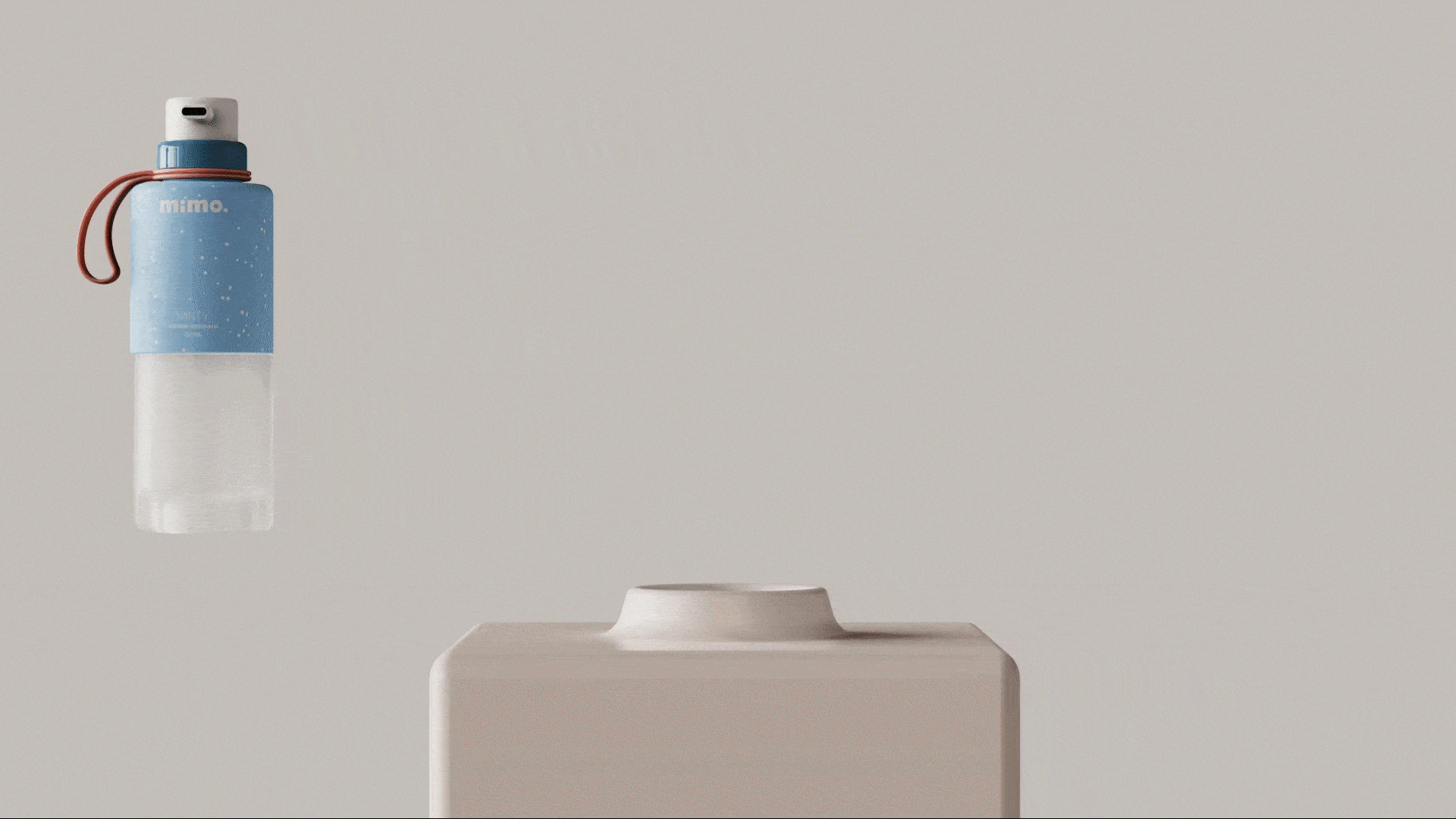

Traditional toothpaste tubes we buy at the grocery store are typically constructed with a thin layer of aluminum and various types of plastic that make it nearly impossible for toothpaste tubes to degrade and recycle. Designed for those who’d like to live an eco-conscious, sustainable lifestyle, Mimo is a warm refillable toothpaste tube concept that would brighten up any bathroom. Inspired by the pastel color palette of Pantone shades, Mimo’s toothpaste containers have been conceptualized in an array of muted color schemes, each keeping an opaque, speckled top layer as well.
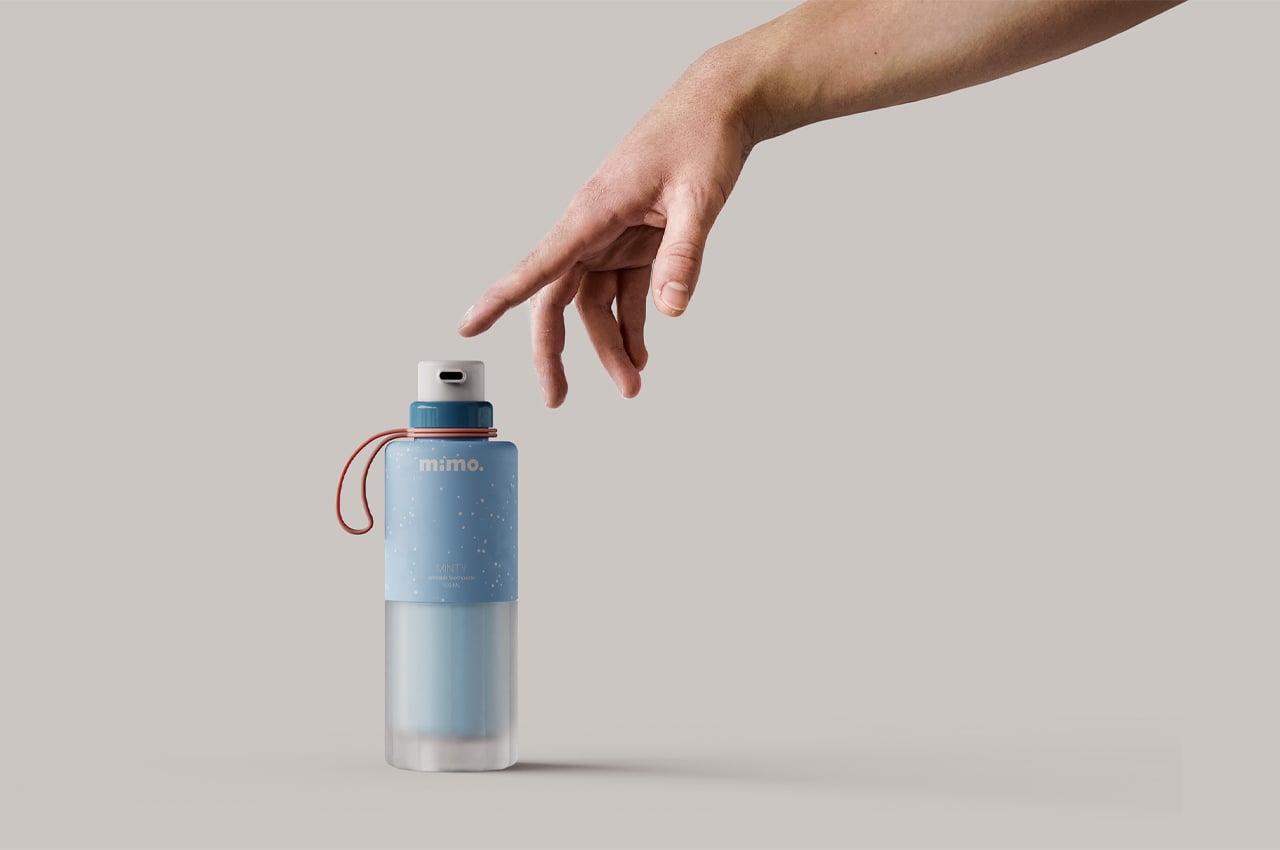

Equipped with a refilling basin, Mimo fills each tube up from the bottom through a pressure pump that’s encased in each basin. The transparent bottom half of Mimo indicates the toothpaste level so over-filling won’t be an issue. Designed in a similar fashion to refillable water bottles, Mimo comes as a cylinder container with a wrist strap that allows for easy portability and carrying. The toothpaste pump works in just the same way as a hand soap pump, squeezing out toothpaste for users as needed.
Designers: Pelin Özbalcı and Sergen Çağlayan
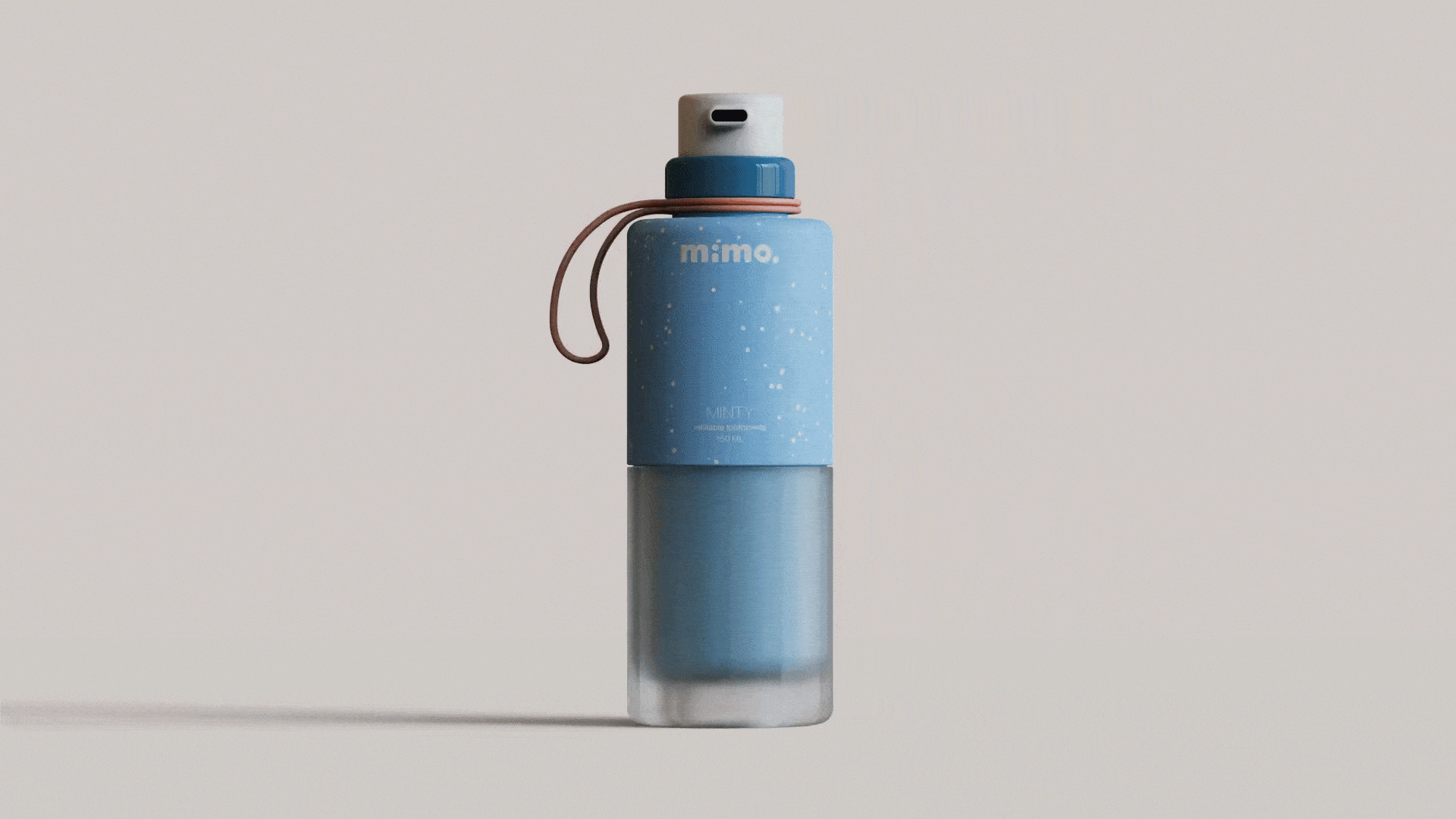

With a similar build to refillable water bottles, Mimo looks familiar to the average consumer.




The pastel color scheme of Mimo fits into any modern bathroom.
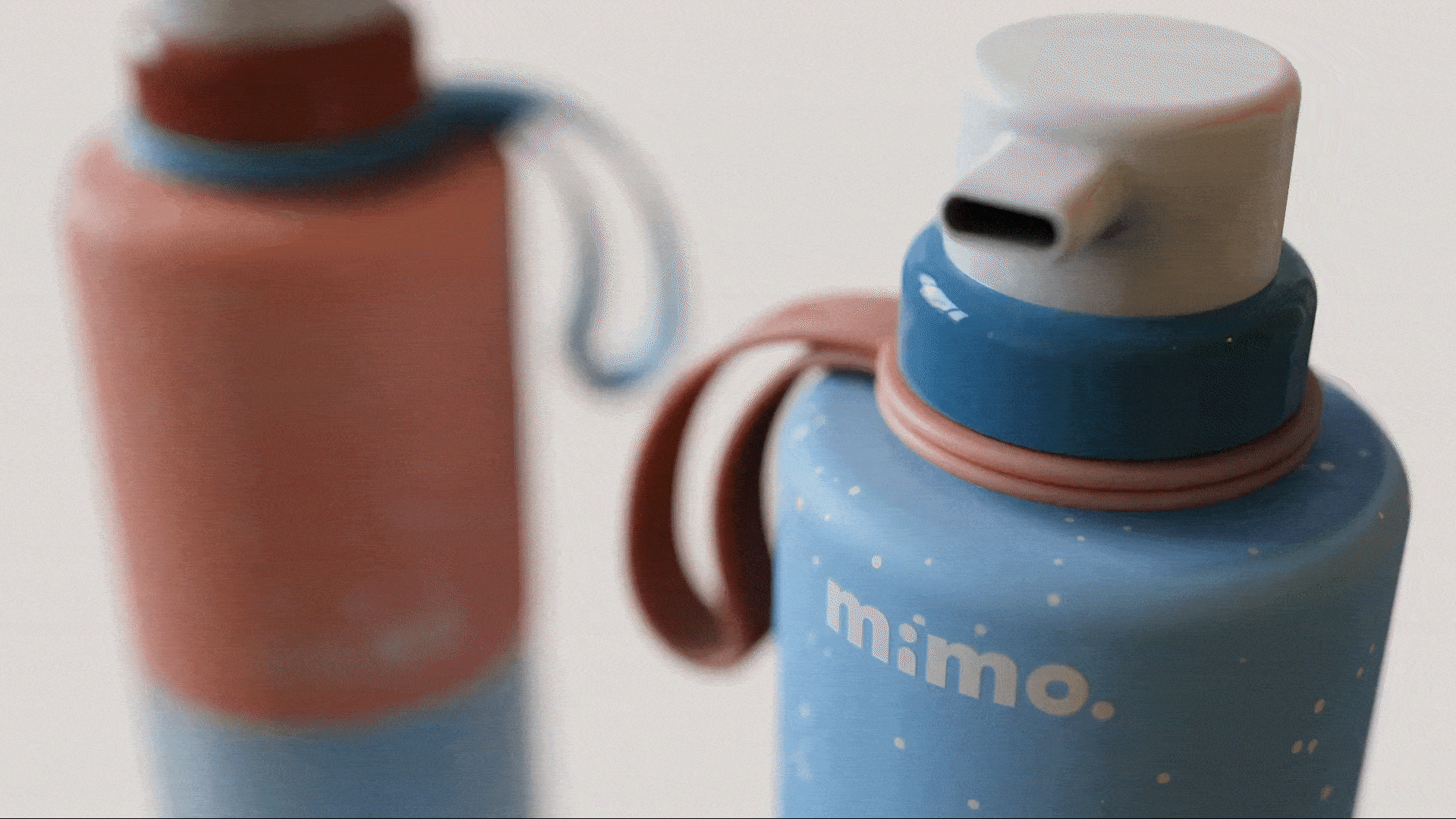


Friendly packaging makes Mimo that much more appealing to regular consumers.

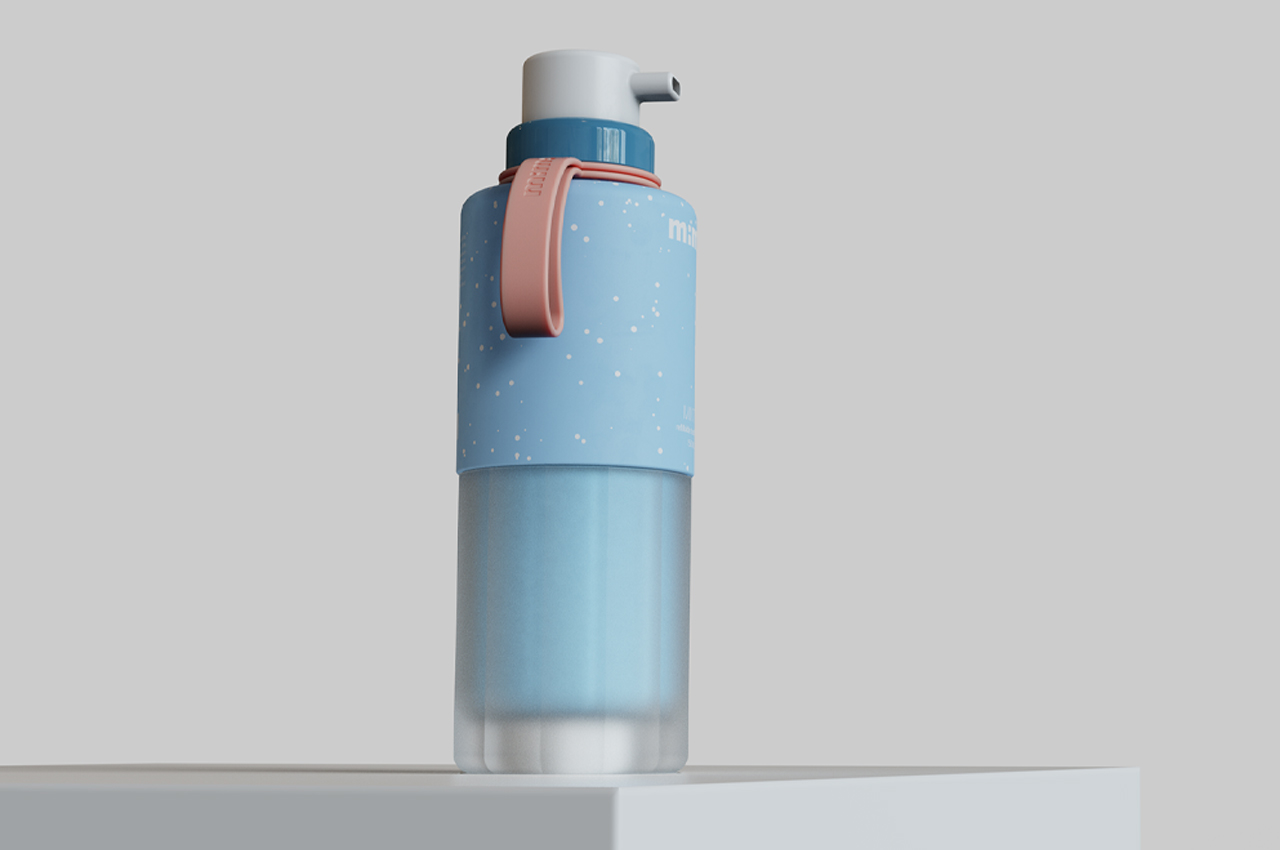
The hand pump is similar in design to hand soap containers.

The post This refillable toothpaste container was designed to cut down the waste produced by conventional toothpaste tubes! first appeared on Yanko Design.
